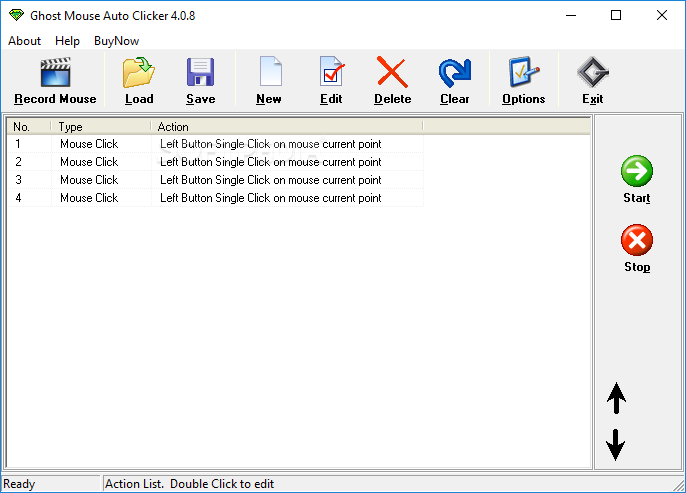

Whilst engaging the receptor transmembrane domain (TMD), TARPs possess an elaborate extracellular beta-sheet structure that contacts the ligand-binding domains (LBDs) 14– 16. Both are four-helical bundle transmembrane proteins, yet they have different topologies, resulting in different mechanisms of action. TARP-γ8 and CNIH2 are abundant at cortical and hippocampal synapses 7, 8, and are powerful modulators 9, 10 that co-purify and synergize to determine AMPAR expression levels, kinetics and pharmacology 7, 11– 13. Members of the transmembrane AMPAR regulatory proteins (TARPs-γ2, 3, 4, 5, 7, 8) and cornichon homologue (CNIH2, 3) families are the most widely expressed auxiliary subunits 2. The predominant subunit, GluA2, dictates ion permeation, and forms heteromers with GluA1 or GluA3 in principal forebrain neurons 2, 6. This spectrum results from a mosaic of receptors, assembled from four pore-forming subunits (GluA1-4) and auxiliary proteins that exist in various stoichiometries and exhibit distinct expression patterns in the brain 4, 5. CNIH2 achieves this through its uniquely extended M2 helix, which has transformed this ER-export factor into a powerful AMPAR modulator, capable of providing hippocampal pyramidal neurons with their integrative synaptic properties.ĪMPARs form an array of signaling complexes, specialized for a range of functions - from faithfully decoding high frequency inputs to integration of low-frequency signals in support of synaptic plasticity 3. In addition, both γ8 and CNIH2 pivot towards the pore exit on activation, extending their reach for cytoplasmic receptor elements.

Activation leads to asymmetry between GluA1 and GluA2 along the ion conduction path, and an outward expansion of the channel triggers counter-rotations of both auxiliary subunit pairs, promoting the active-state conformation. Consequential for gating regulation, two γ8 and two CNIH2 subunits lodge at distinct sites beneath the ligand-binding domains of the receptor, with site-specific lipids shaping each interaction. Here, we determine cryo-electron microscopy structures of the heteromeric GluA1/2 receptor assembled with both TARP-γ8 and CNIH2, the predominant AMPAR complex in the forebrain, in both resting and active states (at 3.1 and 3.6 Å, respectively).

However, their mechanisms of action are poorly understood. A diverse array of AMPAR signaling complexes are established by receptor auxiliary subunits, associating in various combinations to modulate trafficking, gating and synaptic strength 2. AMPA receptors (AMPARs) mediate the majority of excitatory transmission in the brain, and enable synaptic plasticity that underlies learning 1.


 0 kommentar(er)
0 kommentar(er)
